Tech News
iPhone 16 vs. iPhone 14 Pro: How Does an Old Pro Compare?
Quick Links
Key Takeaways
As the years go by, Apple's base model iPhones are becoming just as good as the older Pro models. So what difference does two years make, and is an iPhone 16 worth "upgrading" to from an older iPhone 14 Pro? Let's take a look.
Both Phones Offer a Similar Form Factor
When it comes to design, the iPhone 16 resembles the iPhone 14 Pro in more than a few ways. First, both phones have similar dimensions with negligible differences in height, width, and depth. Second, the iPhone 16 features the same Dynamic Island that Apple introduced with the iPhone 14 Pro. Furthermore, both phones share an edge-to-edge display design, along with an IP68 dust and water resistance rating.
The differences, however, lie in the materials, colors, and buttons on the side panels. On the front, the iPhone 16 features the second-generation Ceramic Shield (50% tougher than the previous generation), while the back panel is made out of color-infused glass. Carved out of aluminum, the side frame has a textured finish, making the iPhone easier to grip. In comparison, the iPhone 14 Pro has first-generation Ceramic Shield protection, textured matt glass back, and a polished stainless steel frame.
Other differences between the two phones include the colors, the rear camera module's shape, and the buttons introduced on the new model. The iPhone 16 comes in five colors: ultramarine, teal, pink, white, and black. The iPhone 14 Pro, like the other Pro models, shipped in four colors: space black, silver, gold, and deep purple.
The camera module on the iPhone 16 consists of two sensors that are aligned vertically in a pill-shaped cutout (much like what we saw on the iPhone X), while that of the iPhone 14 Pro consists of three sensors in a square-shaped island. The iPhone 16 also borrows the Action button from the iPhone 15 Pro and features a brand-new Camera Control button, which lets users access the Camera app, adjust settings, and capture pictures in an instant.
Even though the iPhone 16 and the iPhone 14 Pro have a similar 6.1-inch Super Retina XDR display, the latter supports a variable refresh rate, up to 120Hz, which is what Apple likes to call a ProMotion display. In general, screens with a higher refresh rate feel more responsive to touch and show smoother animations, which might not sound that big a deal, but you can't go back once you've had a taste of it.
However, that is the extent of differences between the smartphones' screens, as beyond refresh rate, both feature the same resolution, peak brightness, Apple's True Tone technology, but the iPhone 14 Pro also has an always-on display.
A18 vs. A16 Bionic
Apple's latest iPhones come equipped with its latest chip, the A18. Although the number of CPU cores (six) and GPU cores (five) are the same on both, the A18 is significantly faster and, at the same time, more power efficient than the A16 Bionic. As a result, the iPhone 16 should be better at handling multiple apps in the background, rendering videos once you edit them, and hitting smoother frame rates while playing AAA games.
It's not like the A16 Bionic isn't a capable processor. In fact, it is comparable to the Snapdragon 8 Gen 3 that was released in 2023, a year after Apple released the iPhone 14 series. It's just that the A16 Bionic isn't optimized to run the generative models that Apple has developed to facilitate on-device AI features.
iPhone 14 Pro Offers a Telephoto Lens
Both the iPhone 16 and the iPhone 14 Pro have a 48MP wide camera (with a slightly bigger aperture on the former) and a 12MP ultrawide. However, the iPhone 14 Pro takes its optics games to another level, thanks to a dedicated 12MP telephoto sensor that provides up to 3x optical and 15x digital zoom. To capture selfies, you get a 12MP front camera on both handsets.
While both phones can record 4K videos at 60 fps, the iPhone 16 has some new features, including wind noise reduction, Audio Mix for focusing on different audio sources in a video recording, and higher resolution QuickTake videos (4K at 60 fps). The latest iPhone also ships with new Photographic Styles to change the overall mood and tone of a picture. ProRes video recording (4K at 30 fps) is available only on the Pro model.
Expect Both Phones to Provide a Similar Battery Life
The iPhone 16 is rated to last for up to 22 hours, while the iPhone 16 Pro can provide up to 23 hours of video playback. Of course, the battery life won't be as good on a two-year-old iPhone 14 Pro, but seeing a regular iPhone catching up with a Pro model's battery life is great.
The iPhone 16 supports 25W MagSafe charging (with a 30W adapter or higher), while the iPhone 14 Pro is stuck at 15W MagSafe charging. Both models also support Qi2 wireless charging at 15W, which was added to the iPhone 14 Pro in a 2023 iOS update.
Both iPhones Support iOS 18
Due to the difference in processing power, only the iPhone 16 will get Apple Intelligence features as part of the iOS 18.1 update (to ship later this year). The update will unlock features like contextually-aware Siri, email summarization, text-based descriptions for finding images (and videos), content/image generation, and many more.
Given that the iPhone 14 Pro came out in 2022, it will likely get the latest iOS updates for another three or four years before it becomes obsolete.
iPhone 16 Costs $200 Less Than iPhone 14 Pro
The iPhone 16 is available at $799 for the baseline variant with 128GB of storage. While pre-orders for the smartphone begin September 13, it will be available at stores starting September 20.
The iPhone 14 Pro came out at $999 for the baseline variant with 128GB of storage. Given that Apple has discontinued the model, it is only available via third-party sellers like Walmart, and that too in selected configurations.
After writing this comparison, I can safely say that it takes two years for a non-Pro iPhone to catch up to a Pro iPhone, but even then, it can't outperform the features enabled by additional hardware.
If you already own an iPhone 14 Pro and the fancy Apple Intelligence features don't matter, there's no need to upgrade to the iPhone 16. You already have a better display and a more versatile camera setup on your iPhone. If you're facing some sort of battery issues, you can arrange a service request and get the battery repaired for a fraction of the price of a new iPhone and use it for another year or so.
If you absolutely have to upgrade, consider going through our comparison between the iPhone 15 Pro and the iPhone 16 Pro, which will help you make up your mind.
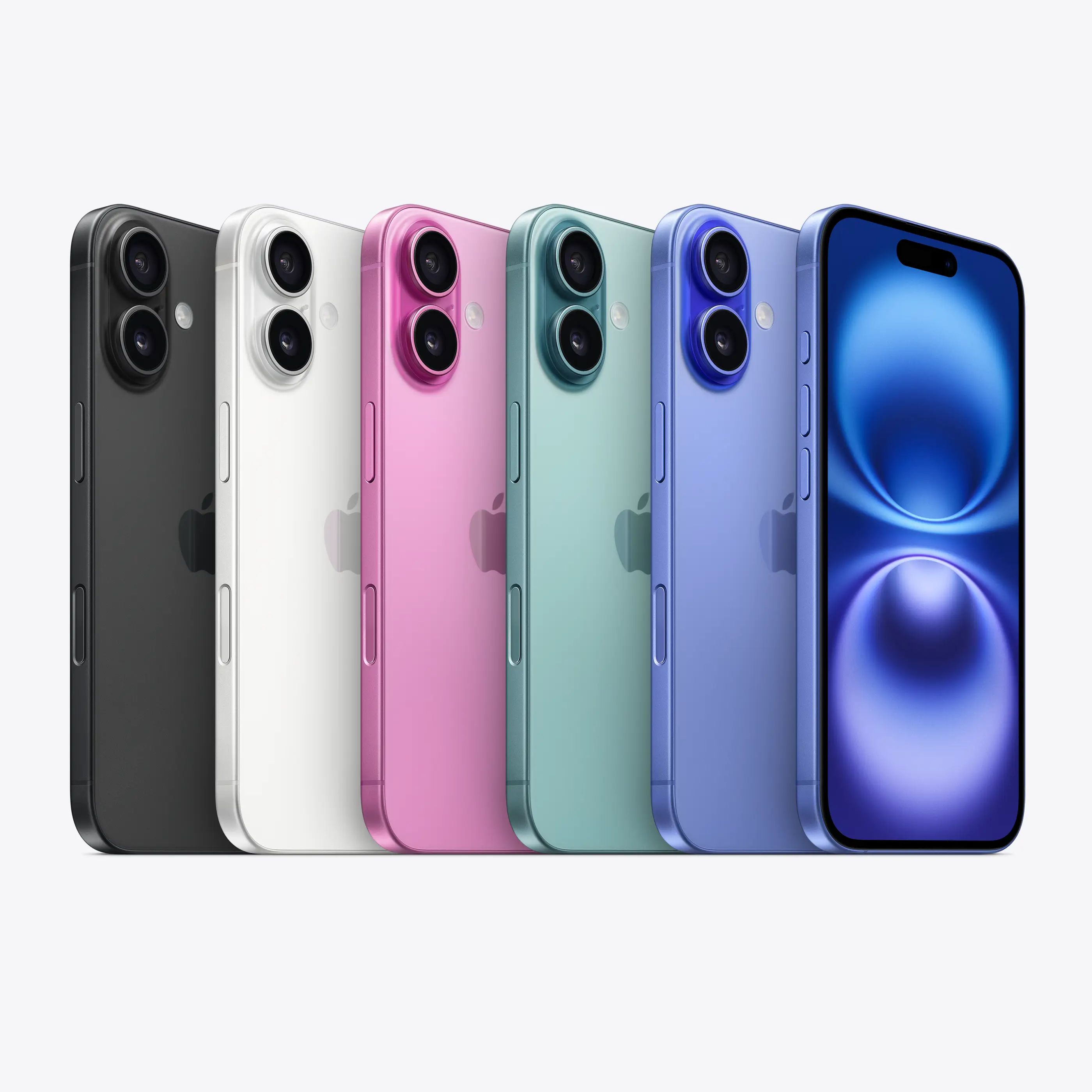
Apple iPhone 16
Apple's newest iPhone featuring a camera button, programmable action button, and artificial intelligence features.
When you subscribe to the blog, we will send you an e-mail when there are new updates on the site so you wouldn't miss them.


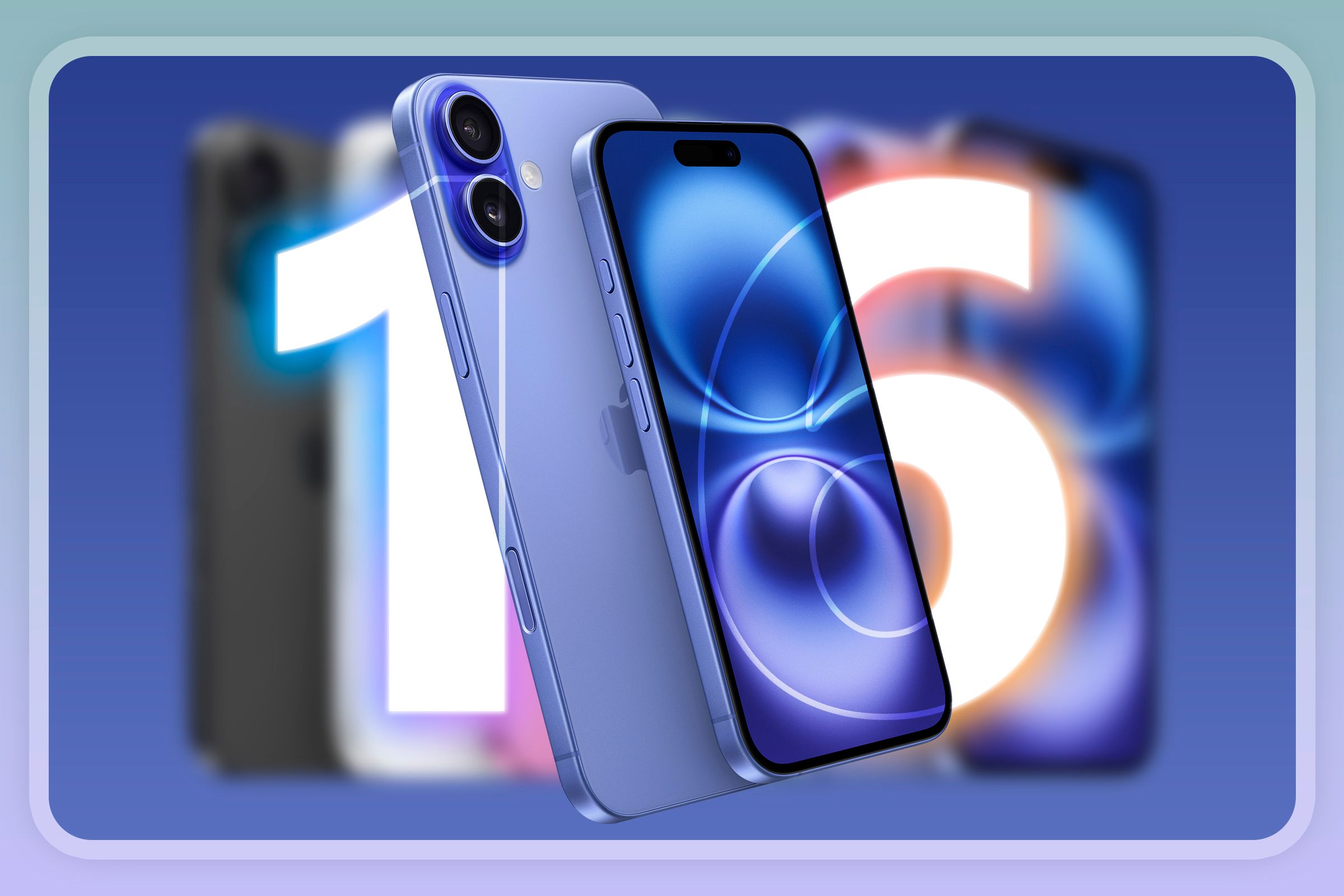 Lucas
Gouveia
/
How-To
Geek
|
Apple
Lucas
Gouveia
/
How-To
Geek
|
Apple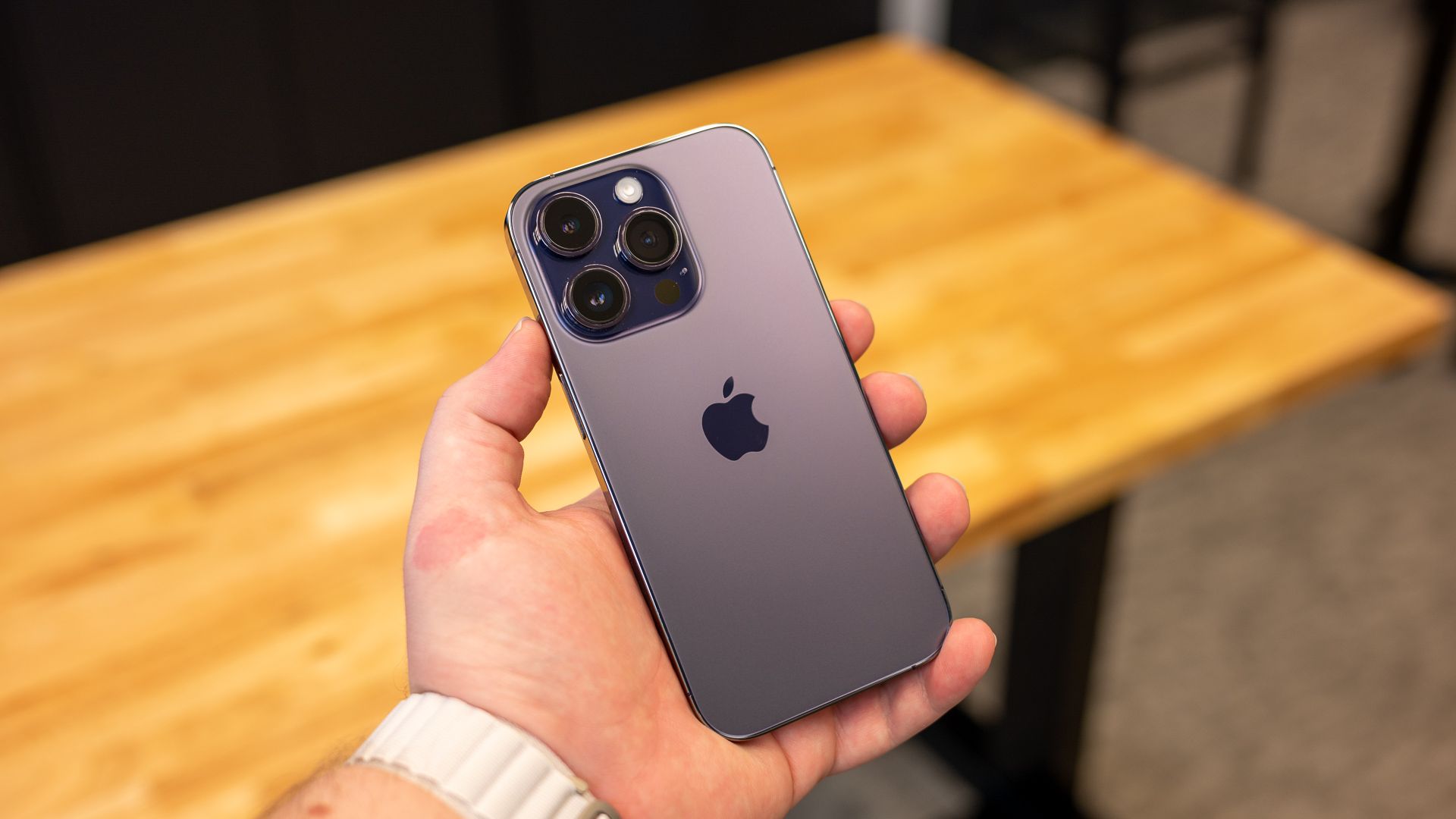 Justin
Duino
/
How-To
Geek
Justin
Duino
/
How-To
Geek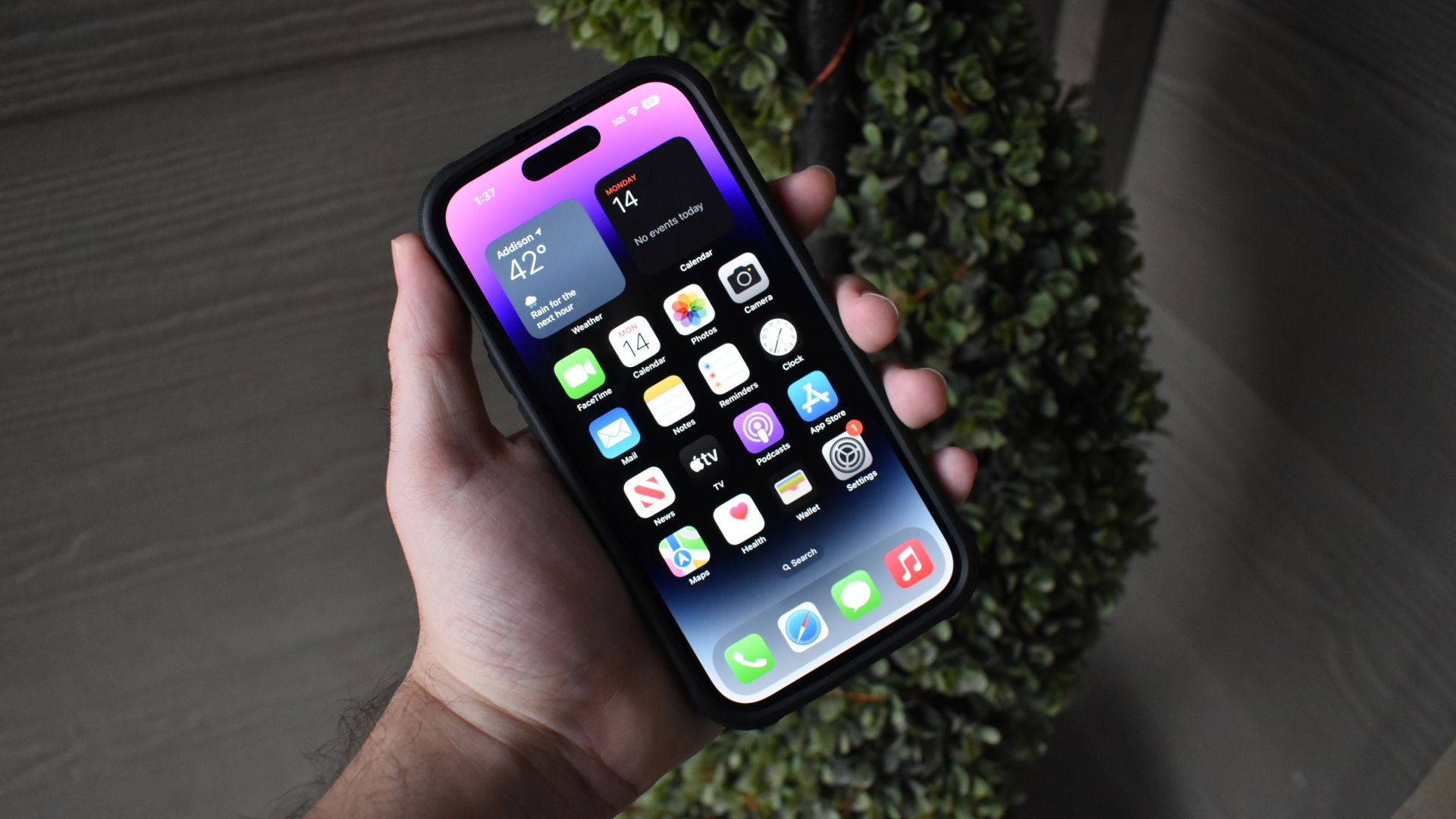 Marcus
Mears
III
/
Review
Geek
Marcus
Mears
III
/
Review
Geek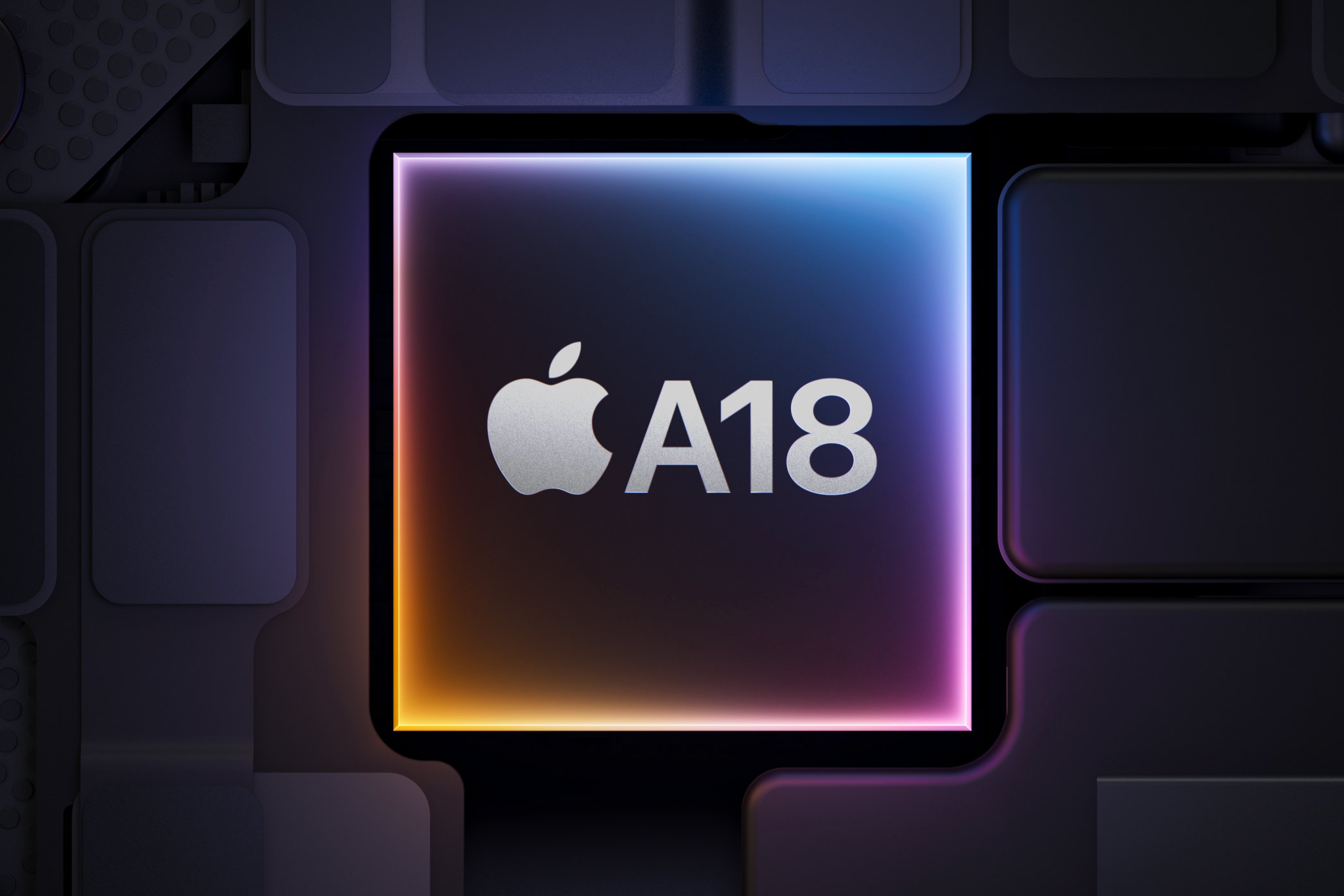 Apple
Apple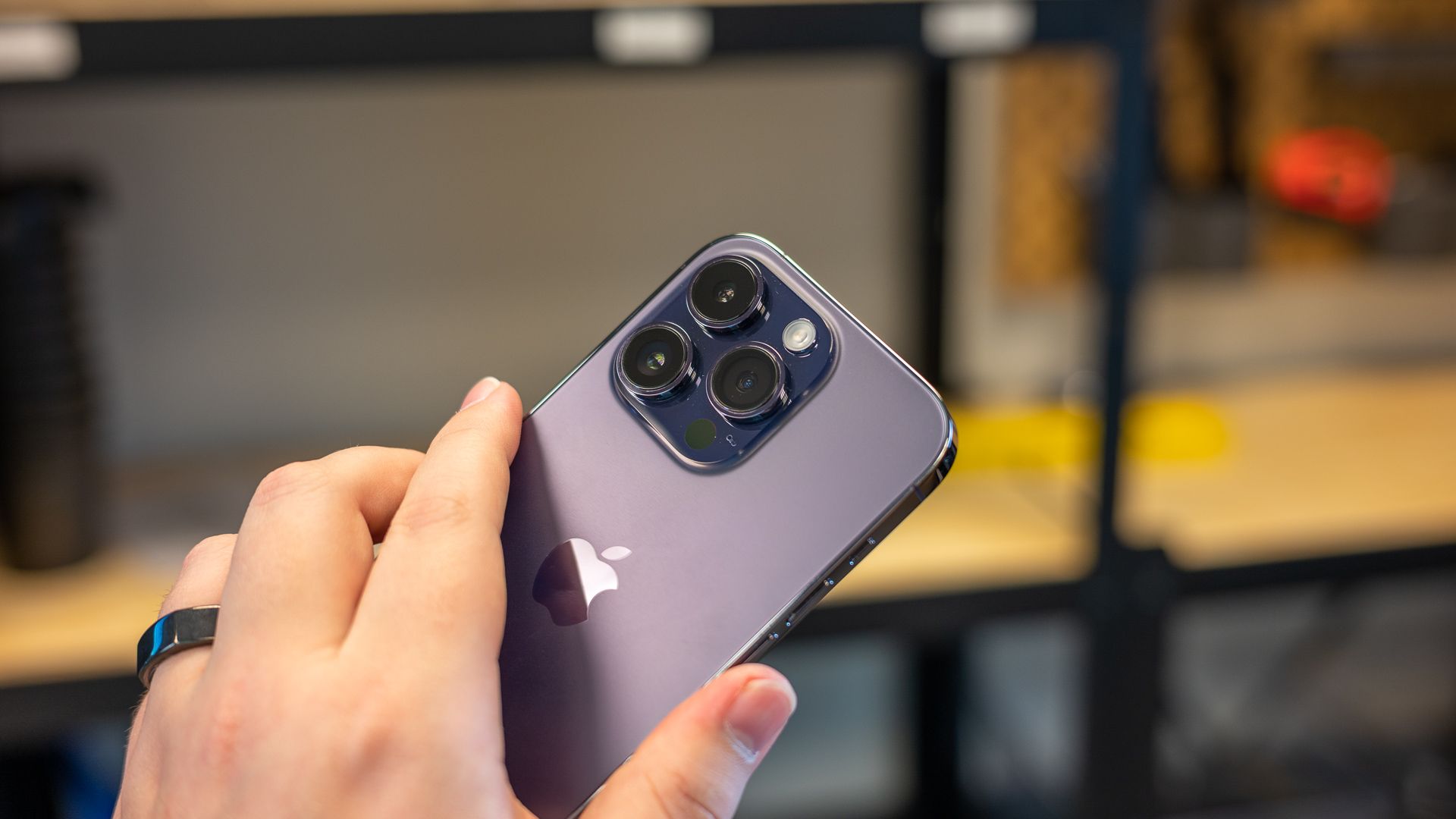 Justin
Duino
/
How-To
Geek
Justin
Duino
/
How-To
Geek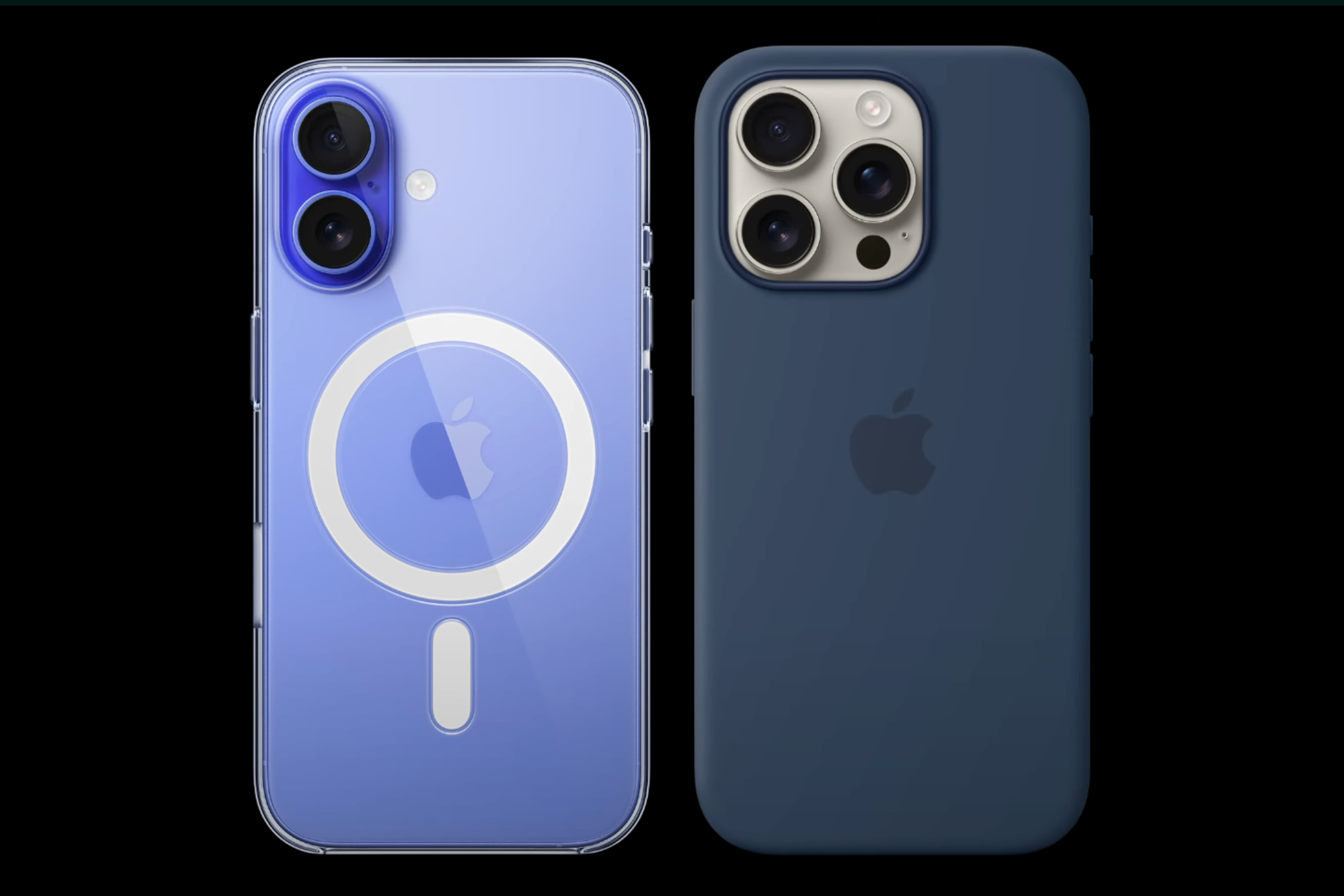 Apple
Apple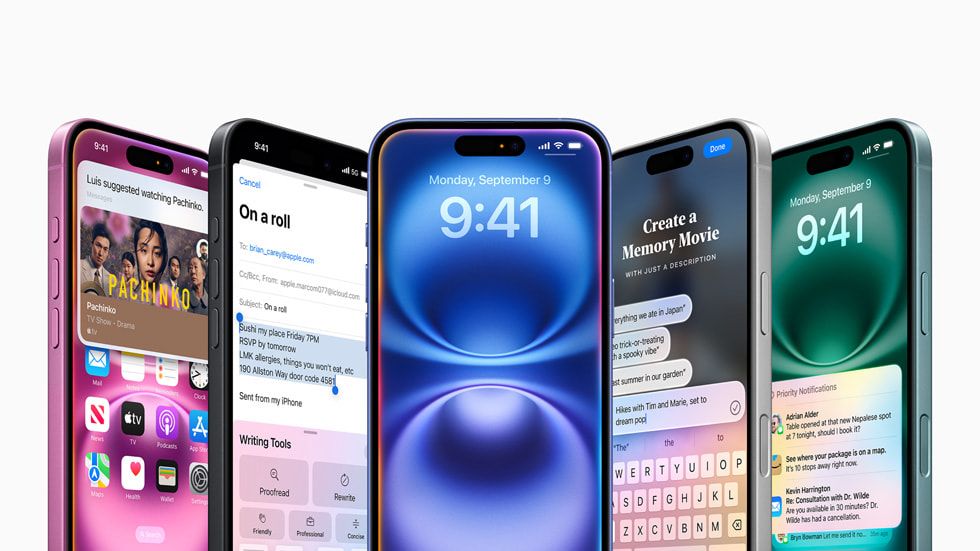 Apple
Apple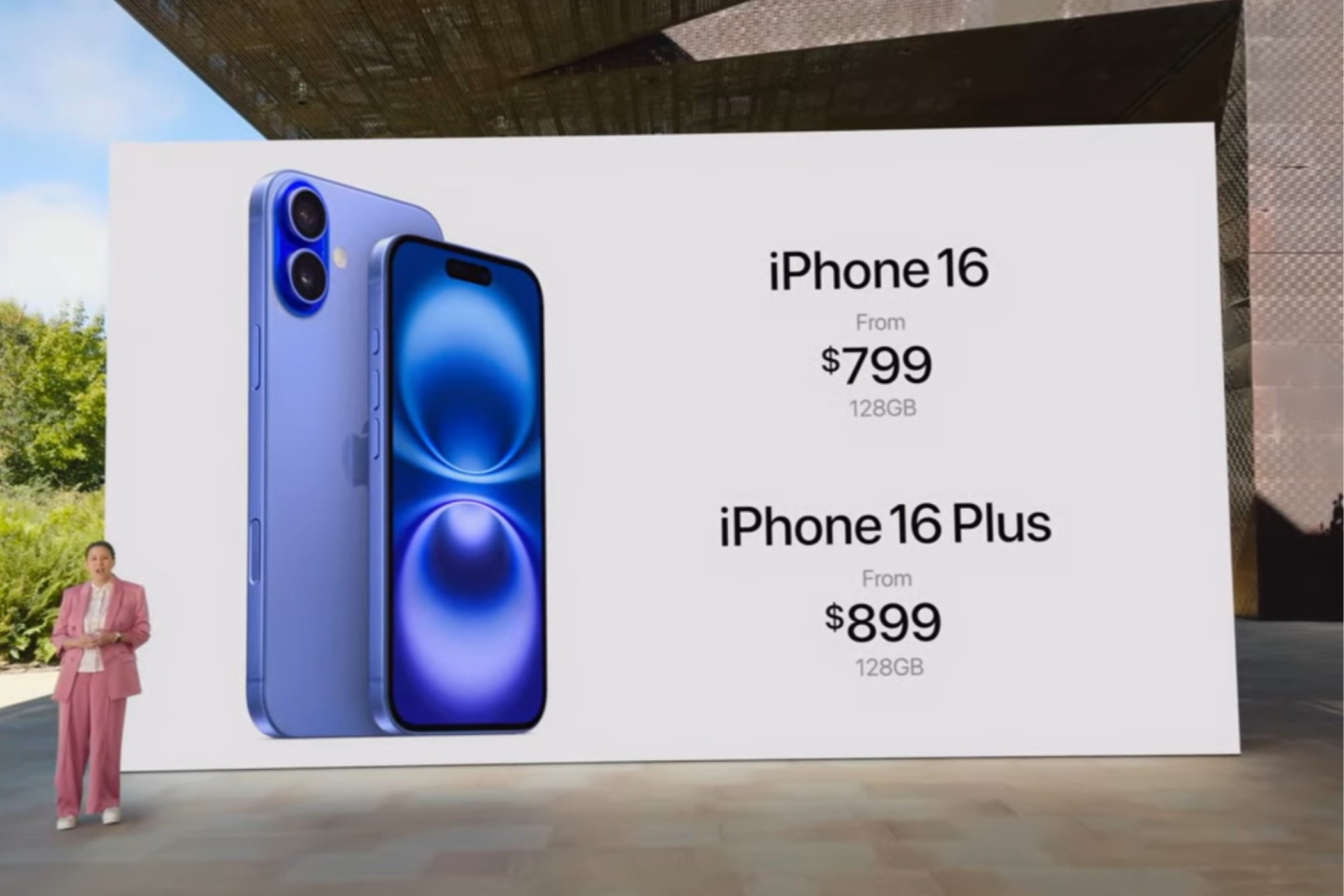 Apple
Apple
Comments